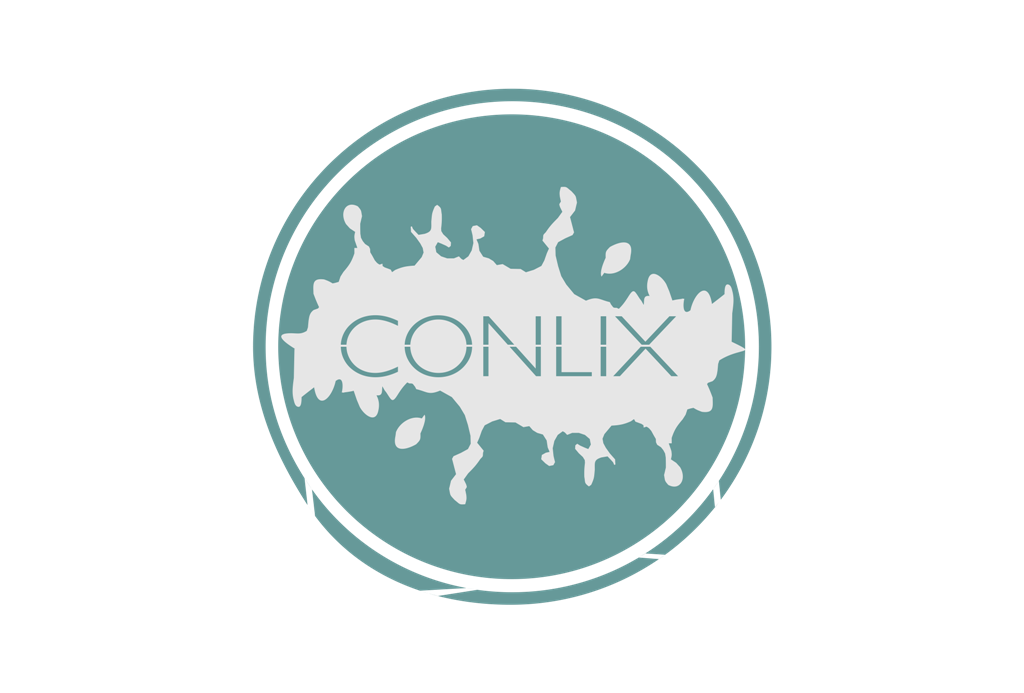Advantages of Precast Concrete Panels: Efficiency and Durability in Modern Construction
Advantages of precast concrete panels make them an increasingly popular choice for builders, architects, and homeowners. These panels are factory-made and delivered ready to install, bringing speed and quality to today’s construction projects.
Advantages of Precast Concrete Panels in Today’s Construction Industry
Modern buildings demand smart construction practices, and precast concrete panels are meeting those standards. They’re produced in controlled environments, ensuring consistency and reducing error from unpredictable on-site conditions.
One key advantage is time-saving. Unlike traditional concrete that must be poured and cured on-site, precast panels are ready to go upon arrival. This keeps projects on schedule and reduces labor costs. Plus, these panels offer solid resistance to harsh weather and natural wear, making them ideal for both commercial and residential applications.
For companies aiming to boost efficiency, solutions like these improve productivity while maintaining quality. With fewer delays and less waste, precast concrete panels prove to be a cost-effective option across the board.
Durability and Low Maintenance of Factory-Made Concrete Elements
Because precast panels are made under strict production standards, they’re not just strong — they’re reliable. Consistency in manufacturing means fewer surprises during installation and years of dependable service afterward.
This durability lowers the need for frequent repairs. Since maintenance can be costly over time, this is a major selling point. For buildings that experience heavy traffic or exposure to the elements, the advantages of precast concrete panels become even more apparent.
Developers also benefit from advanced technologies that help protect concrete surfaces, further extending their lifespan. These innovations reduce upkeep costs and support long-term sustainability.
How Building Design Benefits from Precast Concrete Panels
Another major advantage of precast concrete panels is their design flexibility. Though they strike many as industrial, they can actually be customized in shape, color, and surface finish. That allows architects to find that balance between performance and appearance.
Precast allows for efficient layering in construction. Instead of putting up separate insulation or decorative layers, these features can be cast into the panel itself. This simplifies the building process and leads to a tighter, more energy-efficient structure.
With better details worked into the design directly at the factory, on-site adjustment becomes minimal. It’s like having puzzle pieces that fit perfectly from the start — saving time and avoiding structural headaches.
Customisation Options That Keep Up With Modern Design Trends
Designers no longer need to choose between beauty and performance. Through modern casting techniques, precast panels can replicate textures such as stone, brick, or wood grain. This gives buildings a striking visual effect with minimum effort.
Precast creates opportunities for 3D textures and recessed patterns, adding character to large-scale projects without increasing complexity. Builders looking to stand out while retaining the advantages of precast concrete panels find this to be the perfect combination of form and function.
Why Sustainability and Energy Efficiency Matter More Than Ever
In an era of green construction, sustainable materials are a top priority. Precast concrete panels contribute to energy efficiency through their thermal mass, which helps regulate interior temperatures. That means less need for heating or cooling, and lower utility bills.
Manufacturing precast elements off-site also leads to less construction waste and better resource management. With fewer trucks delivering raw materials and less disruption on the job site, environmental impact is significantly reduced.
Builders seeking information on sustainable practices often find that precast aligns well with carbon-reduction goals. The long lifespan and recyclability of the concrete adds another layer of environmental value.
Long-Term Environmental Benefits of Precast Panel Use
Many contractors look beyond day-one benefits to consider the bigger picture. Precast panels last longer, need fewer repairs, and are easier to recycle at the end of a building’s life cycle. All of these qualities support eco-friendly construction practices.
In urban areas, noise control is another factor. Precast concrete is excellent at soundproofing thanks to its density. Whether in office buildings, apartments, or public spaces, this makes for more comfortable environments and happier tenants.
Looking Ahead at the Future of Precast Concrete Panels
As modern demands shape the future of construction, the clear advantages of precast concrete panels will play a pivotal role. Their ability to be produced quickly, installed efficiently, and last for decades gives them a competitive edge in both residential and commercial projects.
With the growing importance of energy savings and reduced carbon footprints, precast panels offer more than structural integrity — they provide a solution that’s aligned with modern values. Forward-thinking developers are already integrating them into building strategies focused on both performance and sustainability.
Investing in examples of such advanced methods can enhance value and increase long-term returns, proving that precast concrete isn’t just a trend, but a lasting improvement in construction methodology.
As we build for the future, the advantages of precast concrete panels help deliver projects that are smarter, stronger, and more sustainable — laying a better foundation for generations to come.
